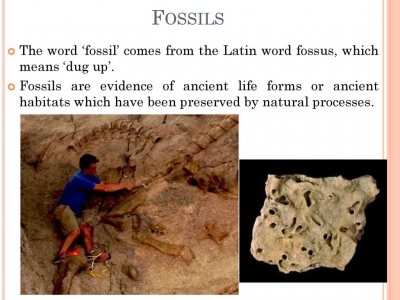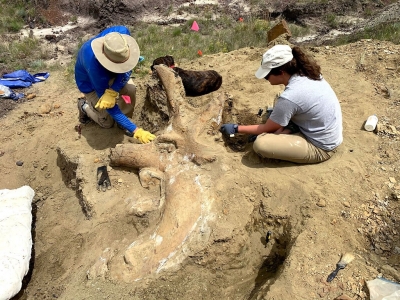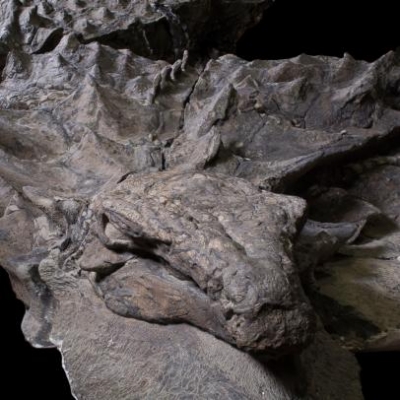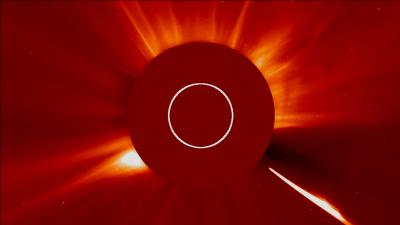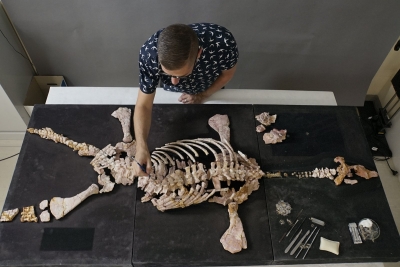
| Fossils, both plant and animal, are a valuable source of information on how life has evolved on Earth – they are a window into the past. They also provide insight on ecological, climatic and environmental changes that have taken place over the ages. |
1. Beginnings of life. Apart from the sheer wonder they see the morphology of giant creatures millions of years ago from studying their fossil remains, fossils teach us about the beginnings and transformations of life itself.
2. Ecosystems. Fossils help us understand the environment where extinct life forms once existed.
3. Human origin. Paleo-anthropologists study the beginnings of human life, from the tools our ancestors used, the food they ate, their physical adjustments, to their social behaviour and migration.
4. Age of the country. All living organisms inhabited the Earth only at certain intervals and are reflected in the fossil record in sequence by each layer of rocky sediment.
5. Our past and future. The study of fossils also leads to discoveries and understandings of processes on Earth that may be of benefit to mankind.
It is wonderful for everyone to find stones that sometimes have figures of animals inside and out. People learn from fossils – Whether fossils are from humans or dinosaurs, they may not learn much about the species and cultures that existed in the past. Fossils give us educated guesses about the evolution of different species and what the climate looked like in the past.
Credit: Teach with Europeana
Picture Credit : Google

